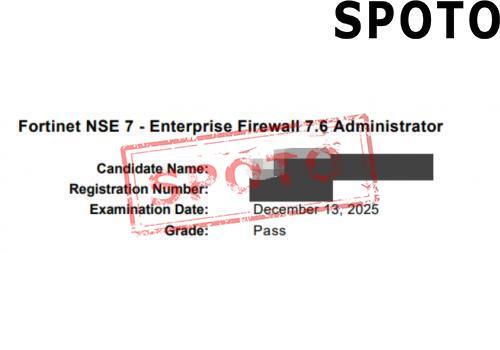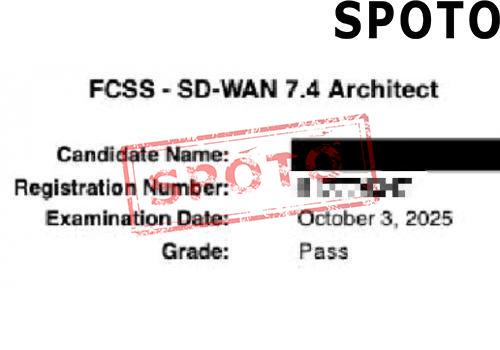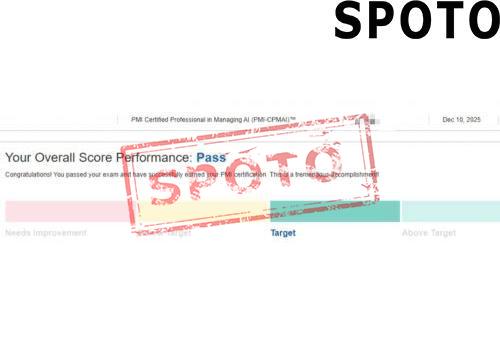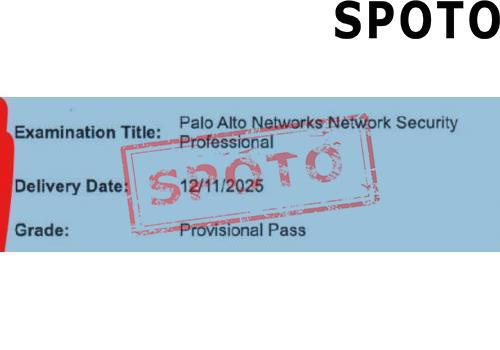
Table of Contents
1. What is a Video Conferencing Engineer?
Video conferencing engineers are professional technicians responsible for the design and maintenance of all audio-visual rooms, video conferencing equipment, and web/audio conferencing solutions.
2. Why become a Video Conferencing Engineer?
As more and more companies rely on virtual meetings to connect global teams, the demand for video conferencing engineers is increasing. Becoming a video conferencing engineer can put you at the forefront of communication technology, supporting companies to implement and maintain advanced video conferencing systems to achieve seamless remote collaboration. Secondly, the work environment of video conferencing engineers is diverse and dynamic, with access to the latest audio-visual technology, network infrastructure, and collaboration platforms. Finally, this position has good career development space and can be promoted to senior technical positions, solution architects, or management positions in the future.
3. Career Insights: Salary, Outlook & Related Roles
(1) Video Conferencing Engineer Salary
According to ZipRecruiter's May 22, 2025 data, the average annual salary for video conferencing engineers in the United States is $82,968. That's about $39.89 per hour. That's $1,595 per week or $6,914 per month. Annual salaries can be as high as $140,500 and as low as $11,500, but most video conferencing engineers currently make between $70,000 and $118,500 per year, with top earners making as much as $137,000 per year across the United States. The average salary range for video conferencing engineers varies widely (as high as $48,500), which means there may be many opportunities for advancement and pay increases based on skill level, location, and years of experience.
(2) Job Outlook of Video Conferencing Engineer
The Job Outlook of Video Conferencing Engineer is strong, and the market demand for this type of talent is rising. According to the U.S. Bureau of Labor Statistics, the overall employment of broadcast, sound, and video technicians is expected to grow by 3% from 2023 to 2033, which is about the same as the average growth rate for all occupations. It is expected that there will be an average of 12,900 job openings per year for broadcast, sound, and video technicians over the next decade. Many of these job openings are expected to fill those who change careers or exit the labor market (such as retirement).
(3) Similar Occupations
- AV Engineers
- Sound Engineers
- Broadcast Technicians
- Network Engineers
- Unified Communications Engineers
- Event Technology Specialists
- Collaboration Engineers
- AV Support Technicians
4. What Are the Qualifications to Become a Video Conferencing Engineer?
(1) Obtain a Bachelor's Degree
In the job search process, employers tend to recruit candidates with relevant majors. The degree requirements for Video Conferencing Engineer are usually a bachelor's degree in a related field such as computer science, engineering, or information technology. Of course, a higher degree can help career development.
(2) Develop professional skills
Video conferencing engineers often require job applicants to have the following professional skills: First, job applicants need to have relevant work experience in information technology within large corporate organizations. Second, they need to have experience in the design, implementation, and upgrade of AV equipment and control systems. Third, job applicants should have extensive experience in Skype/Teams conference and voice solutions (O365 Online).
(3) Earn Industry Certifications
Obtaining a certification that is highly recognized by the industry can prove your professional ability and ability to perform the position, and can also enhance your competitiveness in the workplace. Therefore, we recommend that you obtain the Cisco 500-301 CCS(Cisco Cloud Collaboration Solutions).The Cisco 500-301 CCS certification demonstrates that you have solid technical skills and practical experience in designing, implementing and managing cloud-based collaboration solutions to help enterprises achieve efficient, flexible and secure communication and collaboration.










